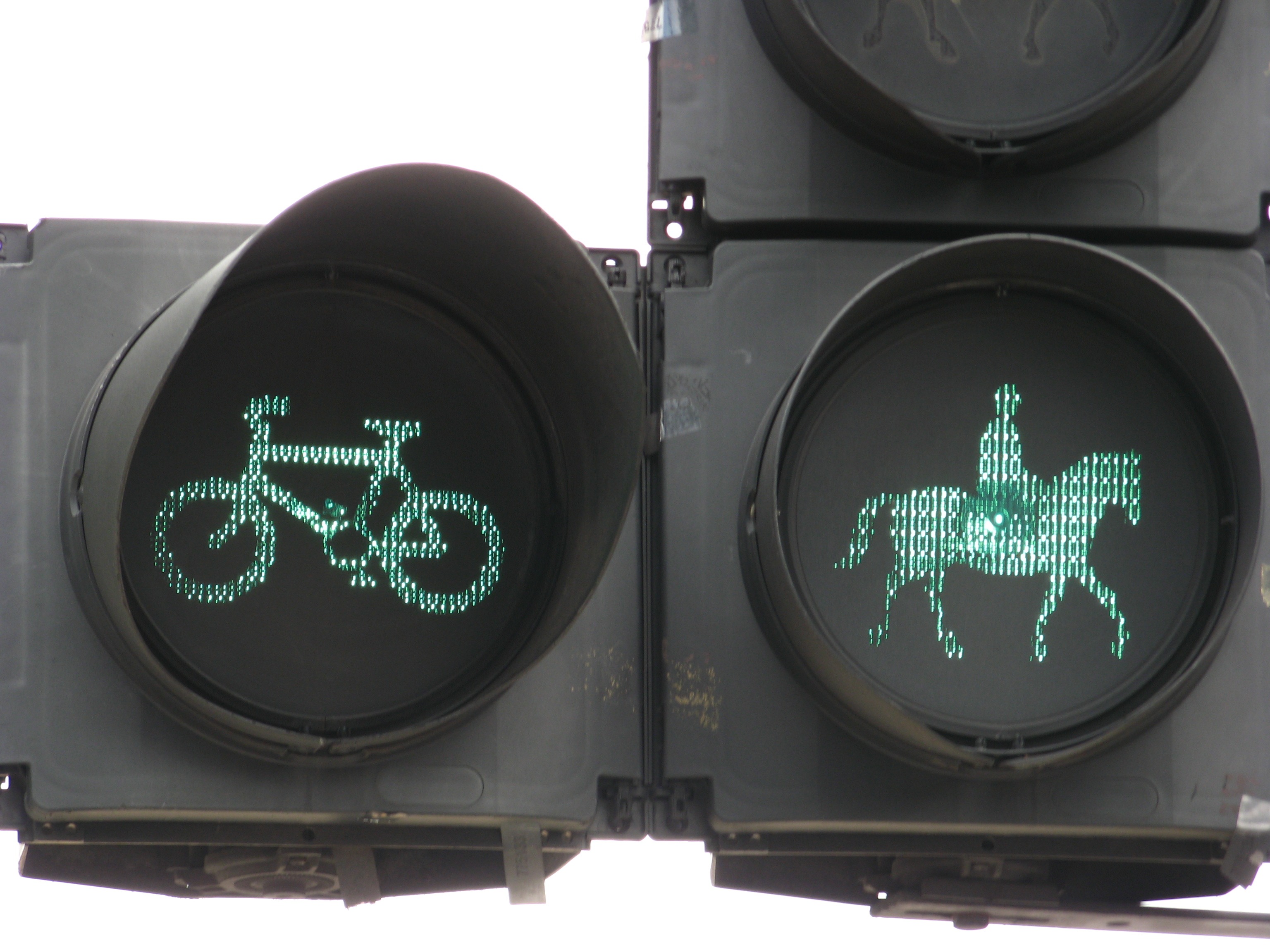
What to do in Mayfair
Mayfair is a relatively small area with a big reputation. Within the mix of corporate headquarters and hedge funds you’ll find Queen Anne revival-style architecture, luxury shopping, quirky boutiques, fine dining restaurants and friendly cafes. Located East of Hyde Park and north of Piccadilly, the best way to explore Mayfair is to wander the quiet streets and discover its delights for yourself and below are some suggestions to get you started:
Museums & Galleries:
The Royal Academy, Burlington House (on Piccadilly): founded in 1768 to provide a voice for art and artists, the Royal Academy is famous for its Summer Exhibition displaying work from up and coming artists and academicians.
www.royalacademy.org.uk
Handel House Museum, 25 Brook Street: the London home of the baroque composer George Frideric Handel from 1723 until his death in 1759 and where he composed some of the greatest music in history.
www.handelhouse.org
54 The Gallery, 54 Shepherd Market: described as a ‘jewel of gallery’ and showing the very best in contemporary art.
www.54thegallery.co.uk
Shopping:
Mayfair offers an eclectic mix of old, designer and exclusive destination shops.
Mount Street: designer fashion and jewellery. Here you’ll find fashion houses Azzaro, Loewe, Lanvin, Céline and Oscar de la Renta alongside jewellers, a Porsche showroom and for cigar enthusiasts, Alfie Turmeaus Tobacconist features a walk-in humidor.
Duke Street: leather goods, antiques, furniture, Nelsons 150-year-old pharmacy and Rake, a new menswear boutique.
North Audley Street: Truc Vert is the place to sample and buy gourmet delicatessen products and Richard Gelding is a must-visit for formal menswear and Italian-made shoes.
Burlington Arcade: built in 1819, today it’s an emporium of specialist, independent retailers selling luxury leather goods, jewellery, pens, cashmere and fashion accessories.
Green & Open Spaces:
Grosvenor Square: the second largest square in London is six acres of pristine lawns encircled by neo-Georgian houses and Embassies.
Mount Street Gardens: a peaceful sanctuary and one of the most important sites for nature conservation in London. Hidden behind red-brick mansion blocks and the neo-Gothic Church of the Immaculate Conception, there are plenty of benches and shade to while away an hour or two.
Brown Hart Gardens (just off Duke Street): one of the city’s best kept secrets. A raised paved terrace, that at street level you might not even notice, located on the roof of the old Duke Street electricity substation. The gardens provide residents, shoppers and local office workers with a sunny, lofty space to escape the hustle and bustle of Oxford Street. There’s even a cafe for refreshments – The Garden Café by Benugo.
Restaurants:
There are many restaurants in the Mayfair area with lots of different types of cuisine to choose from. Below are some suggestions:
Da Corradi – friendly, family-run Italian
20-22 Shepherd Market
www.dacorradi.co.uk
The Little Square Restaurant – cosy bistro
3 Shepherd Market
www.thelittlesquare.co.uk
The Wolesley – great for breakfast and celeb spotting
160 Piccadilly
www.thewolseley.com
Ceccoine’s – traditional, high-quality Italian
5A Burlington Gardens
www.cecconis.co.uk
Al Sultan – authentic Lebanese cuisine
51-52 Hertford Street
www.alsultan.co.uk
Benares – one of the best Indian restaurants in London
12A Berkeley Square House
www.benaresrestaurant.com
Hibiscus – 2* Michelin British cuisine
29 Maddox Street
www.hibiscusrestaurant.co.uk
Le Boudin Blanc – fine dining
5 Trebeck Street
www.boudinblanc.co.uk
Corrigan’s Mayfair – fine dining
28 Upper Grosvenor Street
www.corrigansmayfair.co.uk
Umu – Japanese, the only Kyoto influenced restaurant in the UK
14-16 Bruton Place
www.umarestaurant.com
A Short History: the area of Mayfair was first developed around 1686 and became the site of the annual May Fayre: a 15 day celebration of May Day that was thought to have begun in the days of Edward I to mark St James Day. The Fayre was a very popular annual event and was a combination of market, entertainment and merriment. Subsequently, the combination of residents and ‘merry-makers’ proved too much and provoked regular calls for the Fayre to be banned for ‘unsavoury and lewd’ happenings, which eventually happened by order of Queen Charlotte in 1708.
With the May Fayre gone, the area rapidly became a London base for the aristocracy. Shepherd Market, the site where the Fayre used to take place, was developed in the mid-1700’s to create the area’s paved alleys, a two-storey market, theatre and duck pond. However, by the early 20th century and after the First World War the area went into decline; the aristocracy could no longer afford the great houses or find the servants needed to run them, and consequently many were converted into flats or became private clubs.
During the Second World War, a shortage of office space as a result of bombing in the City, forced the local authority to issue 50-year permits which granted the mansion owner’s permission to use the properties for commercial purposes, which changed the character of the area for most of the rest of the century. Today, however, Mayfair is still one of the best addresses in London.
Don’t forget our 24-Hour Concierge service can help arrange your tickets, transport and restaurant reservations.
To view Maykenbel’s serviced apartments in Mayfair:
This website uses cookies so that we can provide you with the best user experience possible. Cookie information is stored in your browser and performs functions such as recognising you when you return to our website and helping our team to understand which sections of the website you find most interesting and useful.
Strictly Necessary Cookie should be enabled at all times so that we can save your preferences for cookie settings.
If you disable this cookie, we will not be able to save your preferences. This means that every time you visit this website you will need to enable or disable cookies again.
This website uses Google Analytics to collect anonymous information such as the number of visitors to the site, and the most popular pages.
Keeping this cookie enabled helps us to improve our website.
Please enable Strictly Necessary Cookies first so that we can save your preferences!

